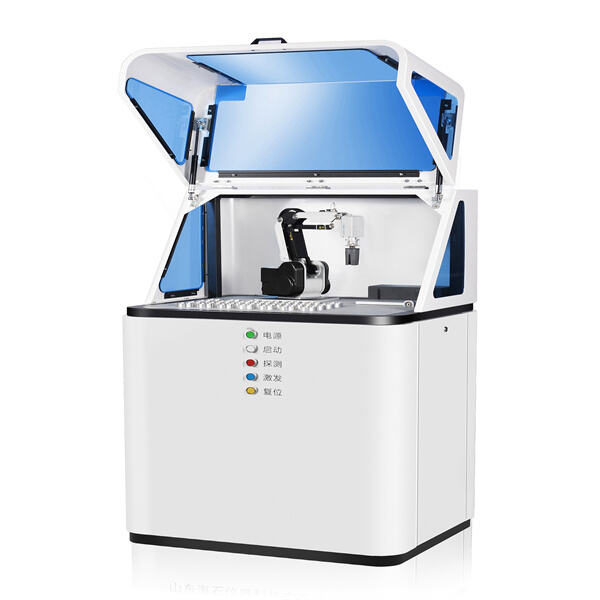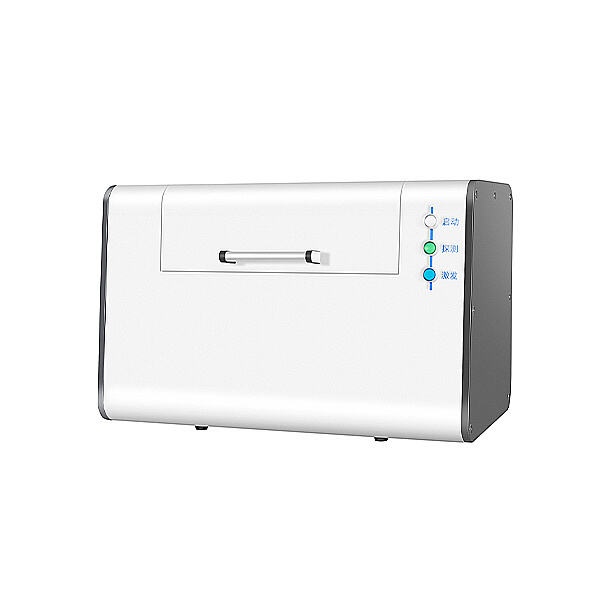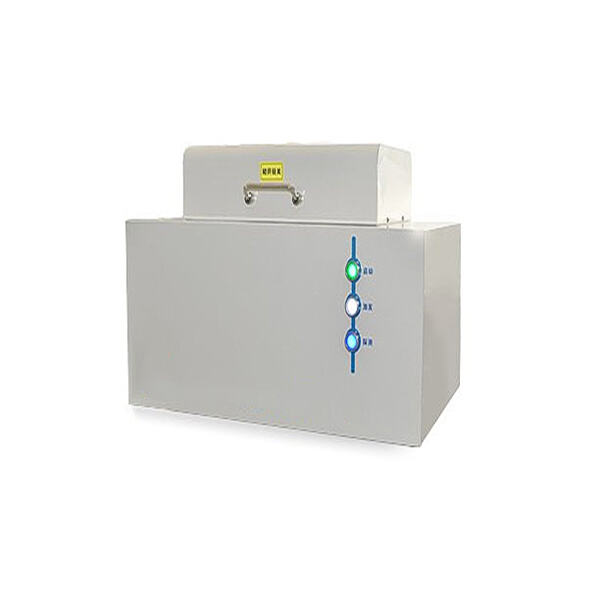That’s the question of materials — have you ever wondered what things are made of? Maybe you peered inside a toy to figure out how it works or dug in the dirt to unearth beautiful, colorful rocks. Just like you, scientists are very curious, and they enjoy figuring out what materials are in different things around us. Scientists use special tools to help them learn about these materials without damaging them.
When scientists want to see what something is made out of, they typically have to cut a little piece of that something out. This is called destructive testing because it can destroy or damage the object. For instance, to find out what a rock is made of, a scientist might have to chip off a piece for inspection.
But with the help of the XRF, scientists can analyze the materials in objects without destroying them. That is known as non-destructive testing. When the XRF sends an X-ray beam to the object, rather than breaking apart a material, the beam gets the tiny particles known as electrons dancing in the object’s atoms. When those electrons jump back to their original position, they release a distinctive energy signal, which the XRF can detect. This unique signal enables scientists to identify what specific elements are present in the object without destroying it.
This method is also quite useful in the realm of medicine. Dentists, for instance, can test someone’s teeth for lead with XRF. This is so important because having too much lead in your body is not good and gets people very sick. Dentists can use XRF to keep their patients safe and healthy.

XRF tool is also a powerful tool to gain insights into the properties of raw materials. In the glass-making industry, for example, scientists need to have an idea of how much of each element to include to get glass of the desired color. If they want to produce blue glass they must introduce some elements in the proper quantities. XRF helps them to determine that!

Also, XRF can help scientists study dirt. They are capable of checking whether the soil has dangerous elements in it which is crucial in making our environment clean. Pollution in soil can end up in plants, water bodies, animals, and eventually people if harmful materials reach the soil.

Besides understanding materials, XRF is an excellent non-destructive quality control tool in many industries. To give you an example in the oil industry, XRF can help determine how much sulfur content is in crude oil. It's important to know that sulfur is because too much sulfur can break machines and cause problems during production.
With a continuous x-ray fluorescence instrument investment, technological development and product quality improvements the company has continuously passed ISO9001, CE, SGS and other certifications. It also has CMC national measuring instrument production licenses for the refractory industry with independent intellectual property rights, and more than 50 national invention patents as well as utility model patents.
The main products of the x-ray fluorescence instrument are high-temperature and medium-temperature heating furnaces including sample prep equipment high-temperature heating components furnace linings and computer control systems Laboratory chemical reagents for example
We are very proud of our x-ray fluorescence instrument products due to the fact that we are not just experienced application engineers but also design engineers who are focused on the details and operational. We have a wealth of knowledge in high-temperature testing, and are able to provide customized thermal testing equipment for specific projects. We also provide high-temperature technology consultation services and also test samples.
Our products are used extensively in metallurgy, ceramics, machinery, x-ray fluorescence instrument chemicals, and other composite material industries. The main universities of the company and national quality inspection agencies as well as scientific research centers, products for refractory and other manufacturing businesses and steel units by international shipping Exported to regions and countries throughout Asia, Europe, the Middle East and Africa. Transportation methods: We offer air transportation, sea transportation, express delivery and rail transport.